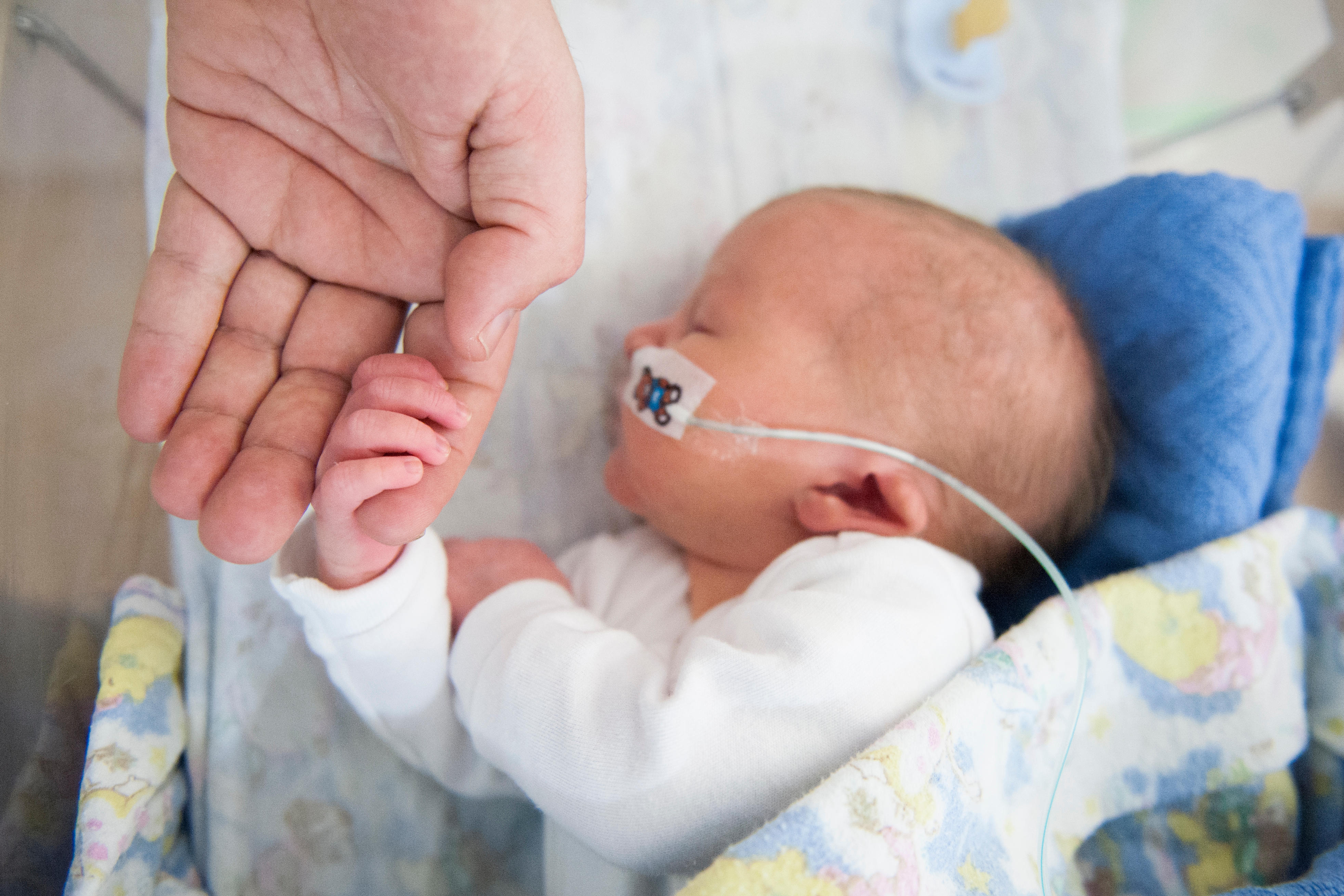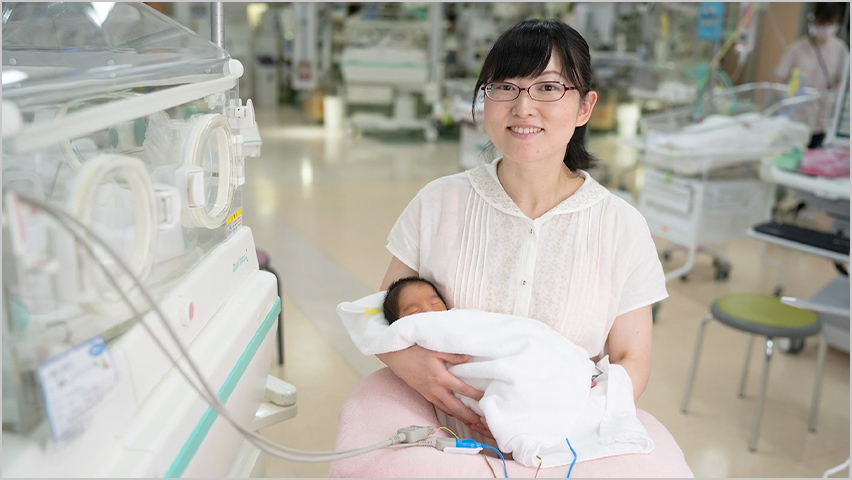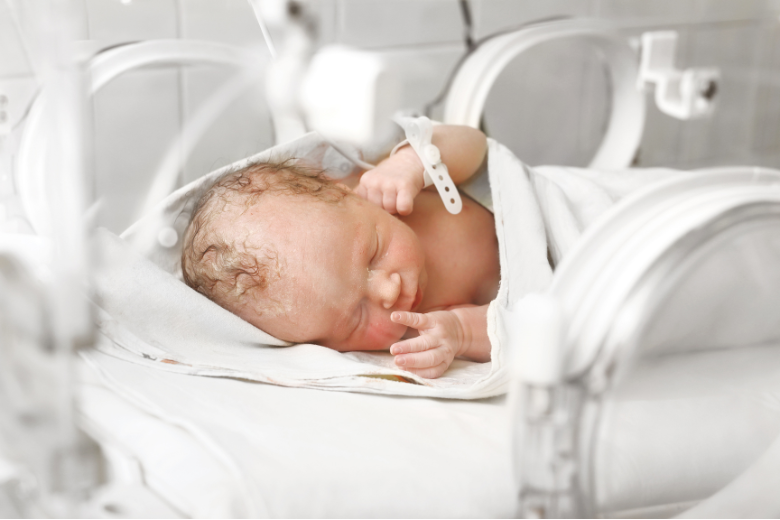Supporting Human Milk Banks Vol.3


All babies are helped to develop and grow, regardless of the conditions of their birth
Supporting Human Milk Banks Vol.3
Japan
Every year, one in seven babies born around the world weigh less than 2,500 grams at birth—some 20 million low birthweight infants in all.*1
Of those 20 million, those born weighing less than 1,500 grams are at greater risk of a range of infectious diseases and illnesses. For these “very low birthweight infants,” breast milk is considered as important as medicine. Drinking breast milk has been found to reduce the risk of necrotizing enterocolitis (NEC), a life-threatening illness, to one-third the risk faced by infants fed only artificial formula.*2
*1 Japan Committee for UNICEF homepage
*2 QUIGLEY MA. HENDERSON G. ANTHONY MY. ET AL. FORMULA MILK VERSUS DONOR BREAST MILK FOR FEEDING PRETERM OR LOW BIRTH WEIGHT INFANTS. COCHRANE DATABASE SYST REV. 2007; (4):CD002971.
However, not all mothers produce enough breast milk immediately after delivery to provide as much as is needed. One recommended solution in these cases is to feed infants breast milk that has been donated by other mothers and pasteurized for use.*3 The institutions that process and manage this “donor milk” are called human milk banks.
*3 “Policy statement on enteral nutrition for preterm and very low birthweight babies,” published by the Child Health Consortium of Japan’s Committee on Nutrition (Journal of the Japan Pediatric Society, Vol. 123, No. 7).
The Donor Milk Study Guide: Creating a New Video for Medical Professionals
Donor milk is used at more medical facilities every year, with the total number exceeding 100 as of fiscal 2024. Sometimes, however, we hear feedback from nursing professionals such as “I didn’t know what donor milk was until we began using it” and “Issues like inventory and ordering should have been settled in advance.” As part of our activities supporting human milk banks, we decided to address this issue. Working with the Japan Human Milk Bank Association and Nippon Foundation Human Milk Bank, we created a video called the Donor Milk Study Guide, which aims to support medical facilities adopting and using donor milk by making the process as smooth as possible.
The video has three parts: (1) “What Are Human Milk Banking and Donor Milk?”, which offers an introductory overview; (2) “What Is the Best Way to Handle Donor Milk for Our Facility?”, which covers the practical side of using donor milk; and (3) “Caring for Families Using Donor Milk”, which explores the topic of nursing care. The video also contains a “Donor Milk–Ready Checklist,” which is useful information for facilities going through the process of adopting the use of donor milk. Supplementary video interviews with families who used donor milk and donors who provided it are provided for reference as well.
-

Message from a family that used donor milk
The video was unveiled to the medical community in June 2024 at the seventh Milk Bank Conference. It was well received by the participants, with 100% of the survey sample describing themselves as either “Very satisfied” or “Fairly satisfied.”
Pigeon will continue its efforts to increase use and awareness of human milk banks in order to help create a society that helps all babies develop and grow, regardless of the conditions of their birth.
2025.11
- Home
- Vision of a Baby-Friendly Future
- Supporting Human Milk Banks Vol.3
















